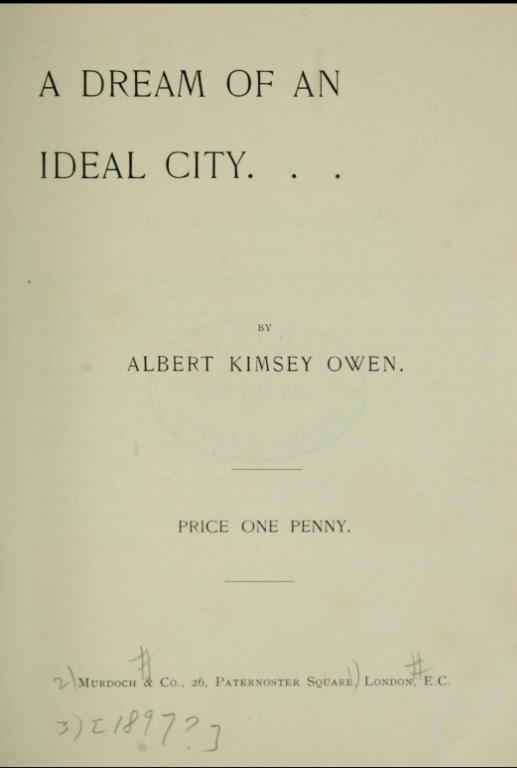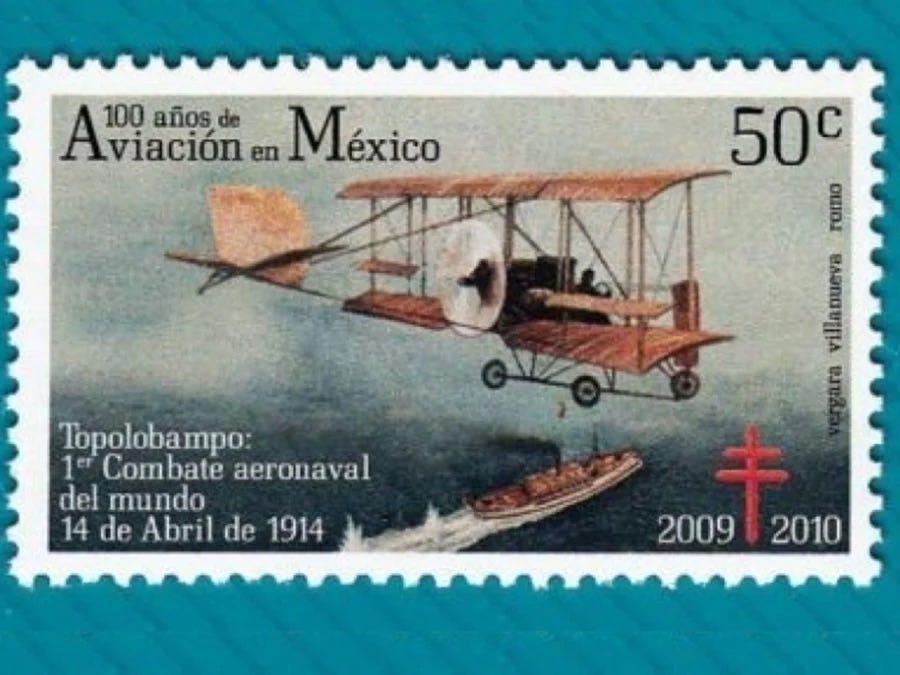A DREAM OF AN IDEAL CITY
In 1872 an American Quaker utopian socialist by the name of Albert Kimsey Owen visited the paradiscal bays of northwestern Sinaloa. The young engineer was part of a U.S delegation charged with exploring the possibilities of linking the Mexican coast line with the U.S. midwest by rail. Owen was taken aback by the picturesque bay of Topolobampo and quickly began to fantasise about an egalitarian agricultural community he proposed to establish. The railroad all the way from Kansas would be crucial to this lofty plan and his ‘ideal city’ would then have access to Pacific trade routes. His utopian ‘Pacific City’ never came to pass for a variety of reasons, not least the fact that the sandy ground around Topolobampo was not suitable for the agricultural activities he envisioned. Nevertheless, Owen and others (including Ulysses Grant) were granted commissions to construct a railroad that would run from the city of Chihuahua to the sea. It would not be easy, with the dry and jagged mountains of Tarahumara country presenting the most challenging section of the route. The Mexican Revolution and the ousting of Positivist dictator/president Porfirio Díaz would also throw a spanner in the works. Competing U.S. and Mexican interests would vie for concessions to build different stretches of the railroad. In fact, Owen would never see the completion of this project as the complicated process of linking Chihuahua with the coastline would not be fully completed until 1961. The Kansas City Railroad company finished the line between Ojinaga (on the U.S. border) and Chihuahua while the Chihuahua al Pacífico Railroad Company, which was owned by Enrique Creel (a governor of the state of Chihuahua) constructed the line between Chihuahua City and Creel. The Mexican government obtained the rights for the entire line and eventually took over the whole project in 1952 with the formation of the Ferrocarril Chihuahua al Pacífico.
While taking that train a few years back I downloaded a scanned copy of Owen’s pamphlet A Dream of an Ideal City… that someone had uploaded to the internet. I could see from the stamp that the original pamphlet was owned by the University of Toronto and had been published in London in 1897, when it was becoming clear that Owen’s perfect community at Topolobampo would remain nothing but a dream. The publishers’ preface noted how: ‘The Ideal City still remains a dream, but the ten years of Topolobampo’s chequered history, while they have not yet served to realise the ideal, have brought with them many valuable lessons of practical experience, and have thus helped to clear the ground for ruther efforts, and to set up now a few finger-posts for those who embark in any similar enterprise.’ Owen’s text feels almost like a poem or, rather, like a litany. His prologue is made up almost entirely of quotations, beginning with Thomas Carlyle and George Eliot and ending with Tennyson’s ‘The New Order’. Owen includes two of his own quotations sandwiched in among those of his heroes. Neither is particularly memorable and the more impressive of the two states that: ‘The only reason why we have not yet established the Kingdom of God upon earth is because we are for ever telling each other that it cannot be done’. The rest of his Dream almost exclusively consists of paragraphs beginning with the same phrase: ‘I love to dream of a city…’. When I first read this text I found it to have a hypnotic quality and, having taken a break from what I had been then reading (the complex mystical palaver of Antonin Artaud’s reflections on his time in Tarahumara country), also found it somewhat refreshing. ‘I love to dream of The New City—of Pacific City, which is to rise on the shores of Topolobampo Bay, in far-off Sinaloa, on the edge of the California Gulf in North-West Mexico’, Owen’s cascade of dreams begins. Though at one point he notes how women will probably be confined to the less strenuous work to be carried out indoors, Owen also leaves open the possibility of the womenfolk of Pacific City engaging in any activity that the men can do: ‘I love to dream of a city where women will have all the political and property rights enjoyed by man, and where she will be given the option to select first from all employments and the first place by courtesy, and the privilege of the doubt.’ Just as the imagined settlement begins to sound appealing, the reader is reminded of his abstemious Quaker routes: ‘I love to dream of a city where there will not be a public saloon, a dive, or a house of prostitution—of a city where girls and boys will be safe from evil influences…’ I think the phrase that most impressed me was the one that demanded that authority must be justified: ‘I love to dream of a city where aristocracy will be founded only upon productive labour.’ While some utopians did arrive in the area of Topolobampo and constructed canals and aqueducts the resulting settlement was a far cry from the perfect Pacific City that had been imagined. In fact, during the Mexican Revolution, the bay was the site of the world’s first aeronaval battle, not something that would have delighted Owen. The bloodless skirmish occurred on April 14th, 1914 and is being commemorated today with some kind of pyrotechnic recreation. Let’s hope nobody’s hurt.
My new book, Let the Dead, is now available to pre-order here from Banshee Press. To avail of free shipping when you pre-order Let the Dead, use the code COCOON at checkout!!






